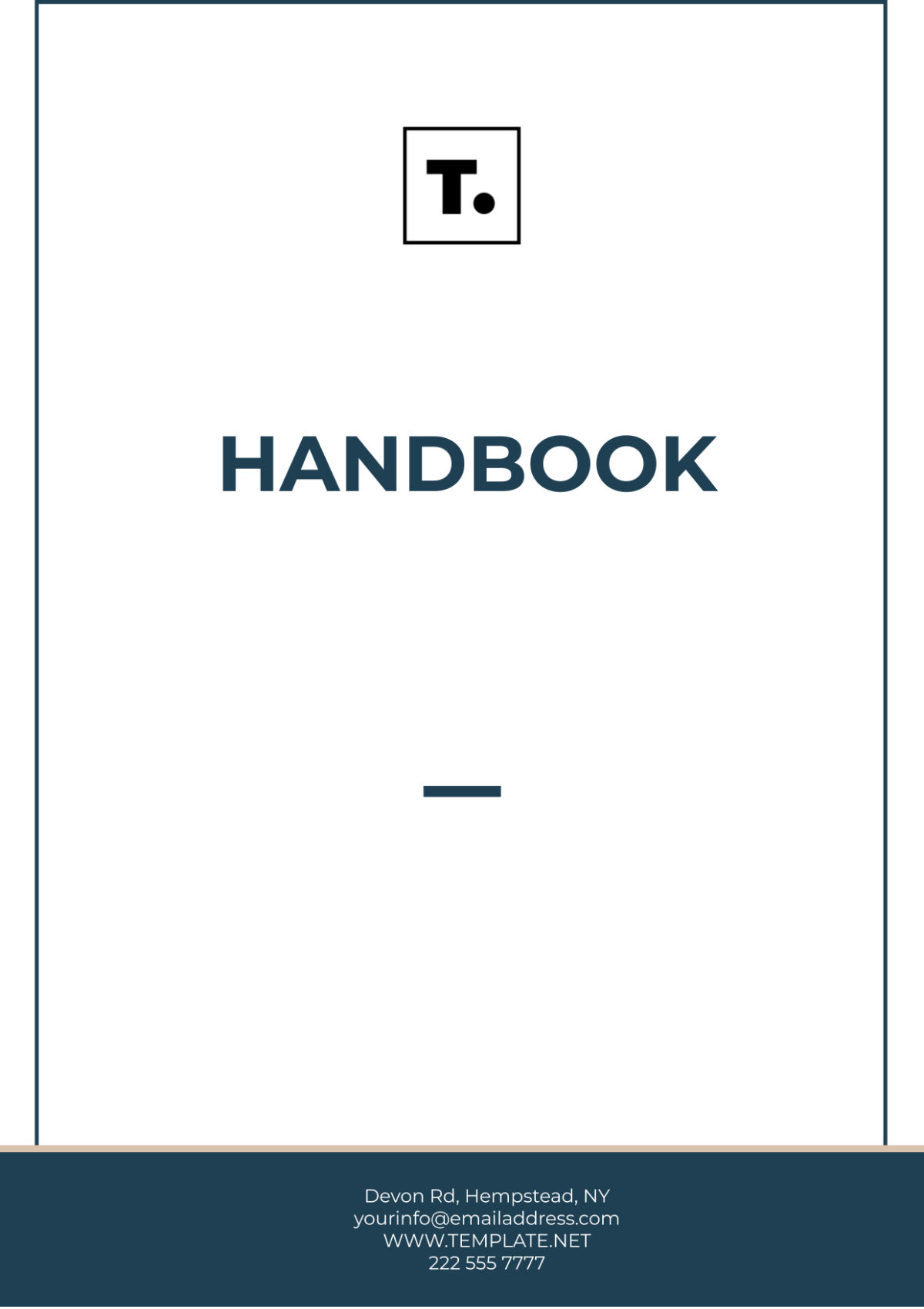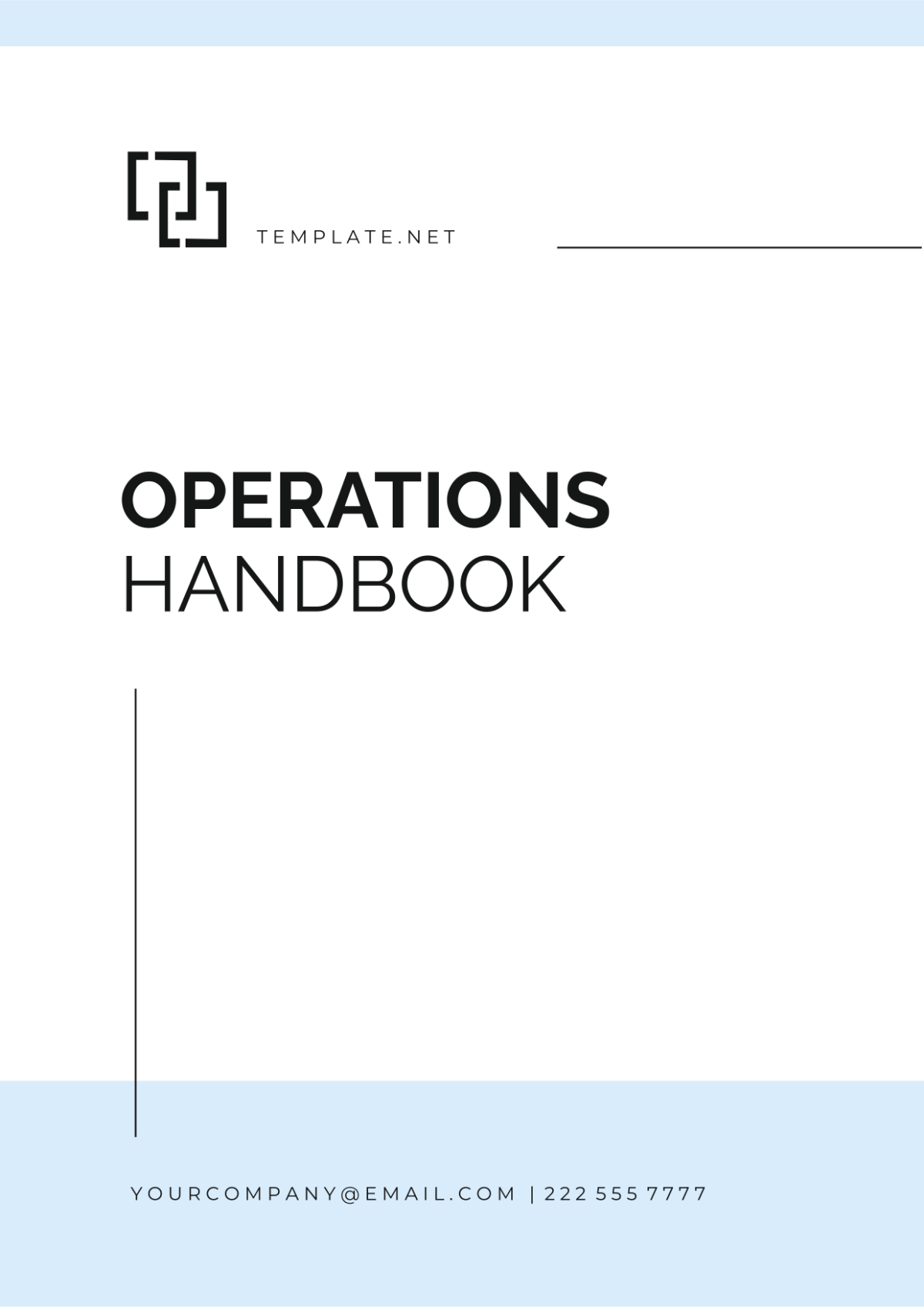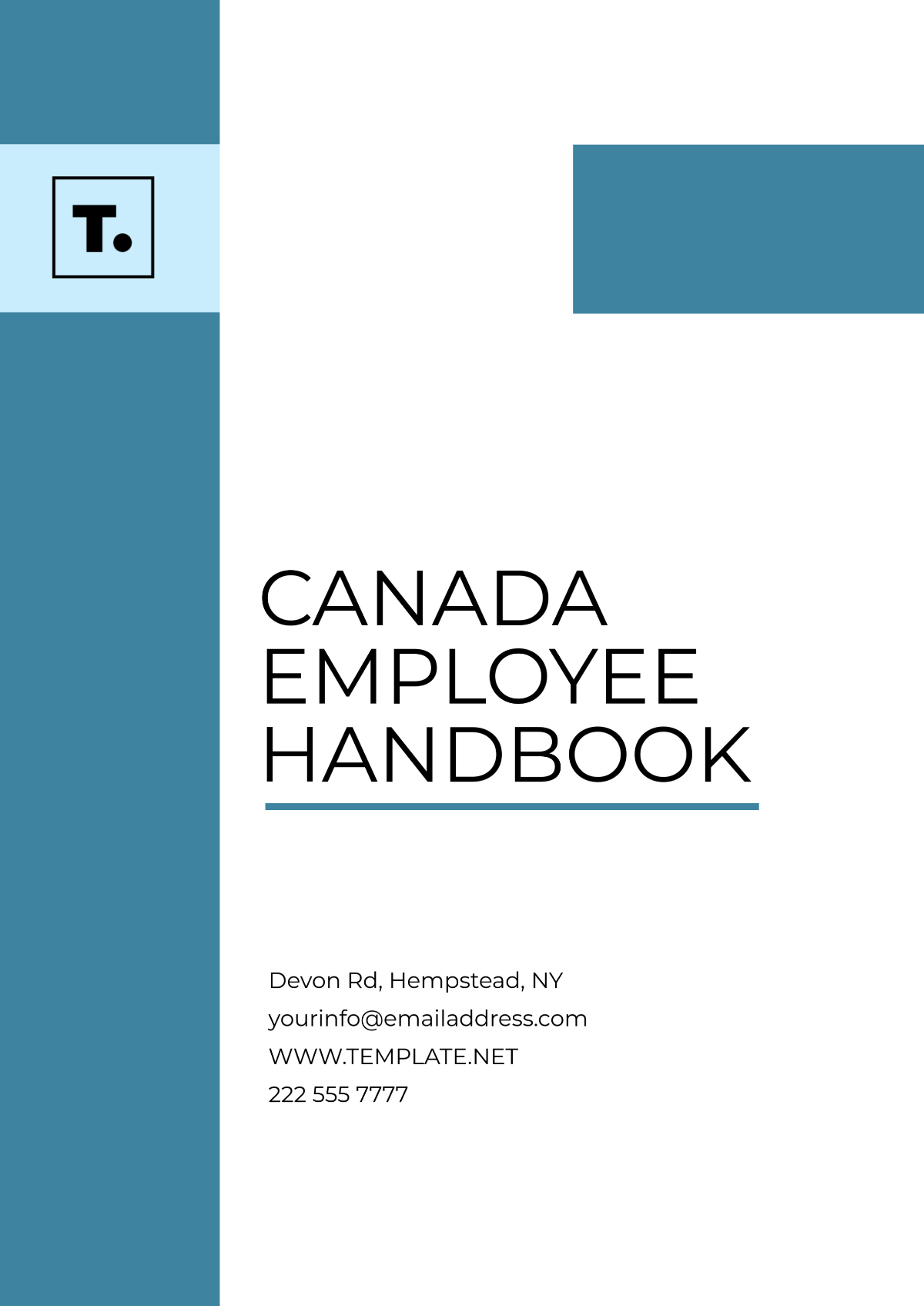IT Security Compliance Handbook
Name: | [Your Name] |
Company: | [Your Company Name] |
Date: | [Date] |
This IT Security Compliance Handbook is created to ensure that [YOUR COMPANY NAME] adheres to necessary regulations and upholds the highest standards of information security. Compiled by [YOUR NAME], this document serves as a comprehensive guide to managing IT security, risk, and compliance effectively within the organization.
I. Introduction
A. Purpose of the Handbook
The primary goal of this Handbook is to provide guidance and strategic direction on implementing and maintaining IT security practices that ensure compliance with legal, regulatory, and corporate standards. This document covers aspects such as risk management, legal compliance, and incident handling to safeguard [YOUR COMPANY NAME]'s information assets.
B. Scope
This Handbook applies to all employees, contractors, and associated personnel within [YOUR COMPANY NAME]. It encompasses all forms of technology and data management processes that influence the IT security posture of the company.
II. Compliance and Legal Framework
A. Regulatory Requirements
Adhering to regulatory obligations including GDPR, HIPAA, PCI DSS, and SOX among others, is essential for legal operations and maintaining the integrity of [YOUR COMPANY NAME]. The Handbook lists all applicable laws and guidelines affecting the company's operations and the necessary steps to ensure compliance.
B. Internal Policies
Our internal policies dictate specific security practices that all individuals must follow to protect company assets and data. This section of the Handbook outlines these policies in detail for compliance and operational effectiveness.
III. Risk Management
A. Risk Identification
Identifying potential IT security risks is crucial for proactive mitigation. This section describes the methodologies used in risk identification including system audits, employee feedback, and security incident reports.
B. Risk Mitigation Strategies
[YOUR COMPANY NAME] employs several strategies to mitigate identified risks. Detailed in this section are protocols including access control, cybersecurity training, and multi-factor authentication among others.
IV. Incident Response and Recovery
Effective management of IT security incidents is critical to mitigate their impact. This section provides a systematic approach to incident response including immediate actions, communication strategies, and post-incident review to improve policies and procedures.
V. Employee Awareness and Training
Equipping employees with the knowledge and tools to manage IT security effectively is vital. This section outlines the training programs that [YOUR COMPANY NAME] offers, highlighting schedules, content, and mandatory participation requirements.
VI. Audits and Assessments
Regular audits are conducted to assess the adherence to security policies and procedures. Details provided here include audit frequency, methodologies, and response strategies for identified shortcomings. It also outlines the process for regulatory compliance reviews and internal assessments.
VII. Documentation and Reporting
Maintaining detailed records is crucial for compliance and operational knowledge. This section includes guidelines on documentation practices and responsibilities for generating reports about IT security incidents, audits, and other compliance activities.
Appendix
A. Contact Information
[YOUR NAME]
[YOUR COMPANY NAME]
[YOUR COMPANY EMAIL]
[YOUR COMPANY ADDRESS]
Revision History
This handbook is subject to revisions. All contractors must keep up to date with the changes and ensure understanding and compliance with the most recent version of this handbook. The document history below provides a summary of changes made in each revision.
Version | Date | Description | Author |
|---|---|---|---|
1.0 | The initial release of the Security Compliance Handbook | 2050-05-08 | John Doe |

















































